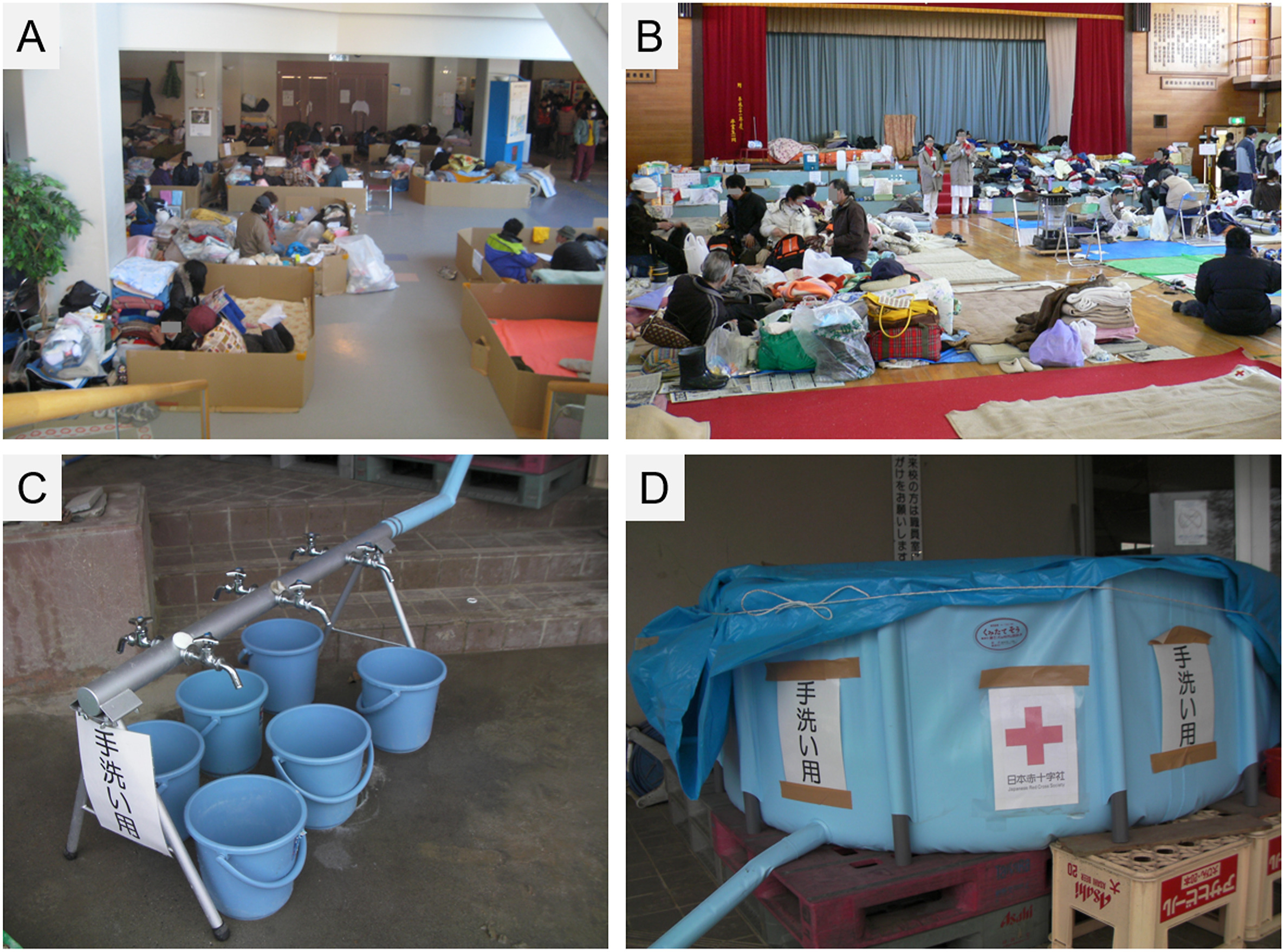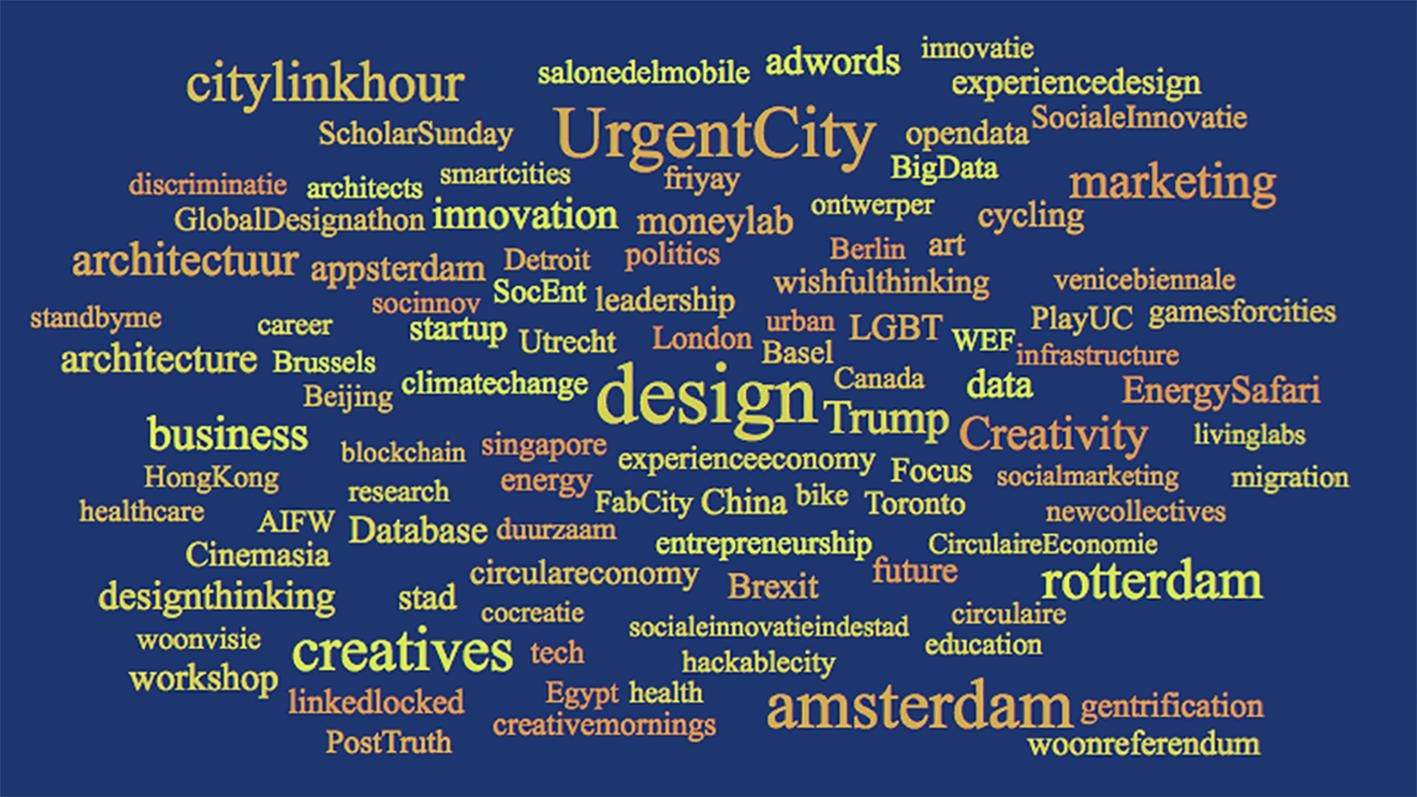After a massive disaster, many residents in affected areas are forced to temporarily stay in evacuation shelters. The exact impact of the state of resource supply and infrastructure in evacuation shelters on the health status of evacuees has not been sufficiently studied. Two weeks after the 2011 Great East Japan Earthquake (GEJE), comprehensive surveillance related to the health status and hygiene level was performed for all evacuation shelters (328 shelters with 46,480 evacuees at the peak) in one of the most devastating medical zones after the tsunami hit the area (Ishinomaki City).
We investigate the role of creative skilled migrants in broadcasting an alternative use of technology in support of a sustainable smart city. We do so by analyzing the themes they produced on Twitter. We focus on Amsterdam as a case, and urban planners and designers as examples of creative migrants. Computational methodology allowed for a selection of naturally occurring data in social media.
Climate Change Science, Causes, Effects and Solutions for Global Warming, 2021, Pages 223-246
Community Mental Health Engagement with Racially Diverse Populations, May 2020, Pages 15-48
Earthquakes and Sustainable Infrastructure, Neodeterministic (NDSHA) Approach Guarantees Prevention Rather Than Cure, 2022, Pages 77-95
This article explores and advances understanding of cultural sensitivity in relation to Arctic tourism where local and Indigenous livelihoods and environments are tethered to dynamics of recent tourism growth and decline, climate change, and colonial power relations.


